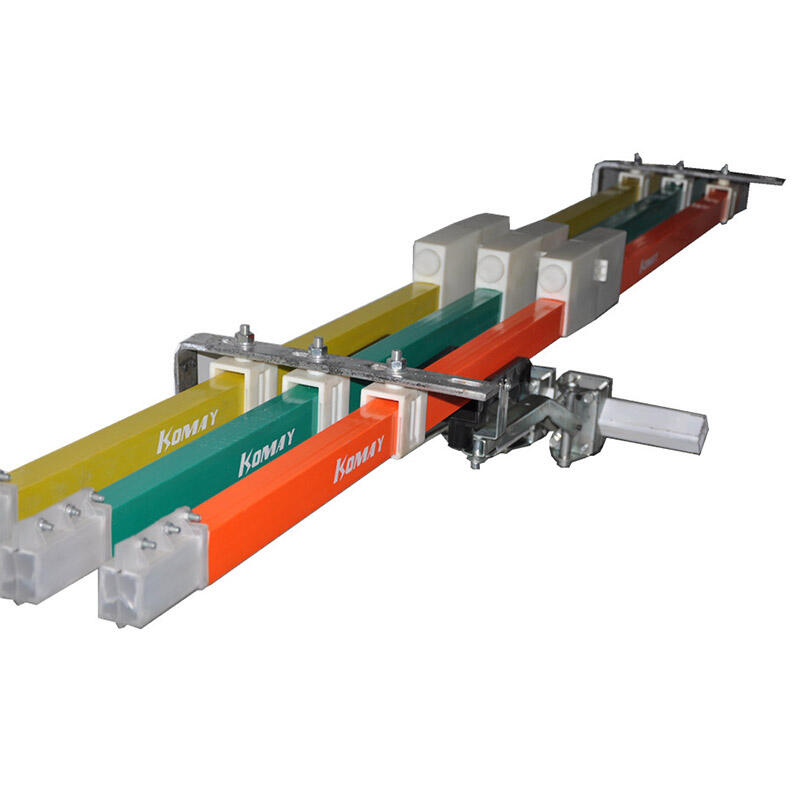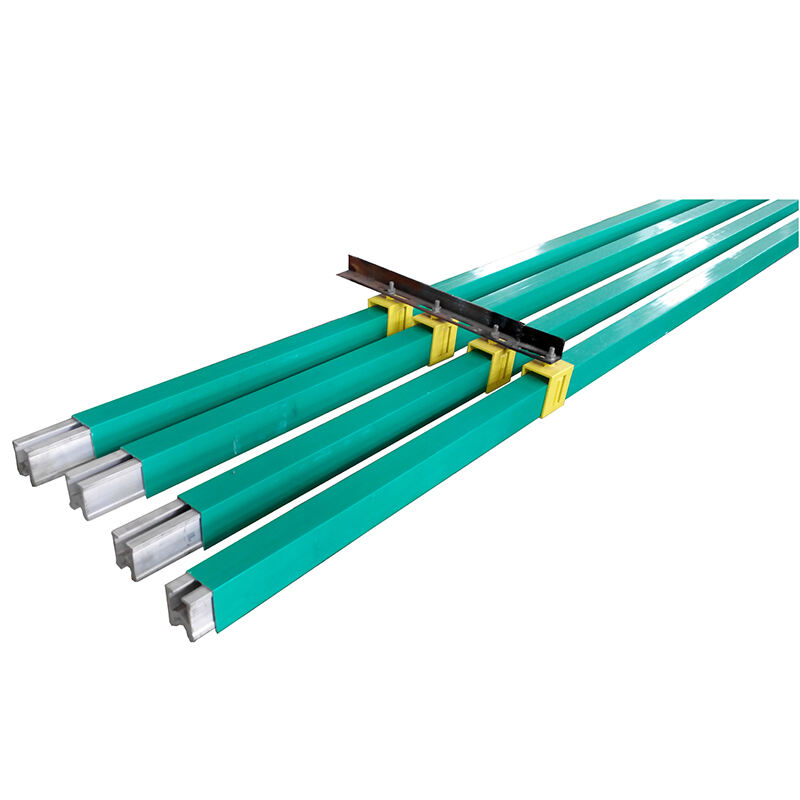Ever seen a train or streetcar cruising down the tracks and thought to yourself, how do they make that thing work? The overhead conductor rail of course! All the way above, this exclusive rail perches itself like a wire in the sky and sends electric power to vehicles under it. So there you are... the next time you notice a train or streetcar (or hell, even an LRV) go ahead and blow your friends' minds explaining that rail up top that powers them!
The ocean conductor rail is one of the largest advantage in this scenario as it helps typically travelling to be performed here. This indicates that they can go faster with less energy. Electric vehicles can travel on these tracks, and will not need to stop for gas like a regular vehicle does. This sure does save a lot of time and helps in moving from one place to another faster.
Overhead conductor rails also take up less space than any other form of transport. Fair enough—most of you say at least a little gasoline or diesel is necessary to get things moving. But with overhead conductor rails, the vehicles could in fact just draw power from a rail directly above them This means more people or products can be transported in the same space, making affordable traveling possible.
Also, an overhead conductor rail system is a lot more energy efficient. The way this would most likely work (probably assuming a lot about the amount of engines) is someguyovaa, elone555's idea, produces electricity from a central place and doesn't need an engine for every car at last. The bottom line is that we would be using less energy overall and this will be doing our planet a huge favor!

Overhead Conductor Rails - Today, the cities all around the world trust on Overhead Conductor Rails to power their public transport system like buses, trains and subways. These systems are not only cleaner but more Green! They can be powered using wind or solar power and this will reduce our dependence on fossil fuels that are very damaging the atmosphere. Another benefit is that, because the electric rails can provide power to vehicles carrying passengers or freight but do not rely on flammable fuel to facilitate combustion as in internal-combustion engine-powered vehicles are forced to; overhead catenary wires permitting for improvement of safety over other forms of transportation.

Around the world, electric vehicles are becoming increasingly popular. They are also environmentally friendly that why it is cost saving over time. In use, electric vehicles are often cheaper to maintain and run than their gasoline counterparts, but more importantly they result in fewer greenhouse gas emissions - every little bit helps when it comes to the war on climate change.

For example, work is underway by scientists and engineers to create new types of rail materials that are lighter, stronger or easier to install. Dozens of cities are also exploring means to augment their public transportation such as introducing new lines and routes. This means that to create faster and more efficient networks, you'll need to get extra overhead conductor rails installed.